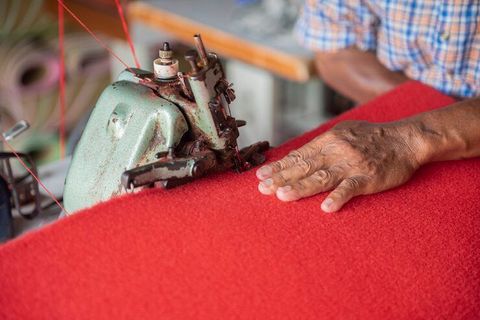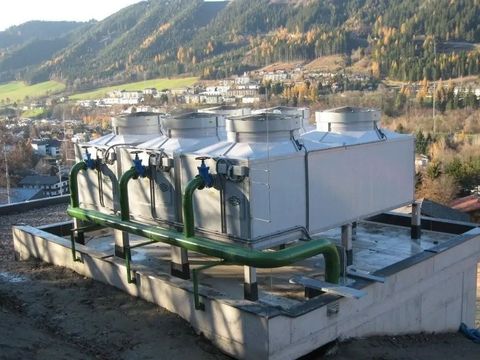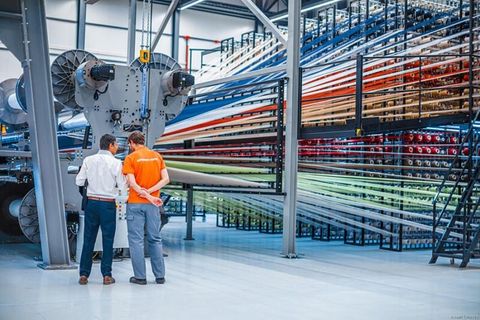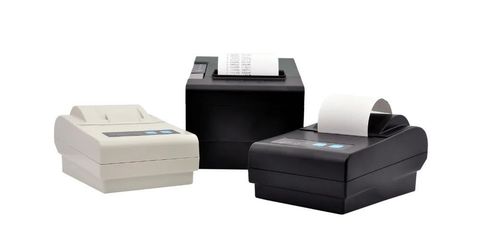Discover Everything About Carpet Weaving Machines: Knowledge, Facts, and Expert Tips
Carpet weaving machines are advanced textile production systems designed to create woven carpets with precision, speed, and consistency. They exist because traditional hand-weaving methods, while artistic, are time-consuming and limited in scale. The industrial need for mass production of carpets led to the invention of mechanical and electronic weaving machines that maintain quality while increasing efficiency.
These machines work by interlacing warp and weft yarns in complex patterns. Depending on the technology used, they can produce cut-pile, loop-pile, or multi-level textured carpets. The most common types include Axminster, Wilton, and tufting machines. Today, carpet weaving machines are used across the world in residential, commercial, and industrial carpet manufacturing.
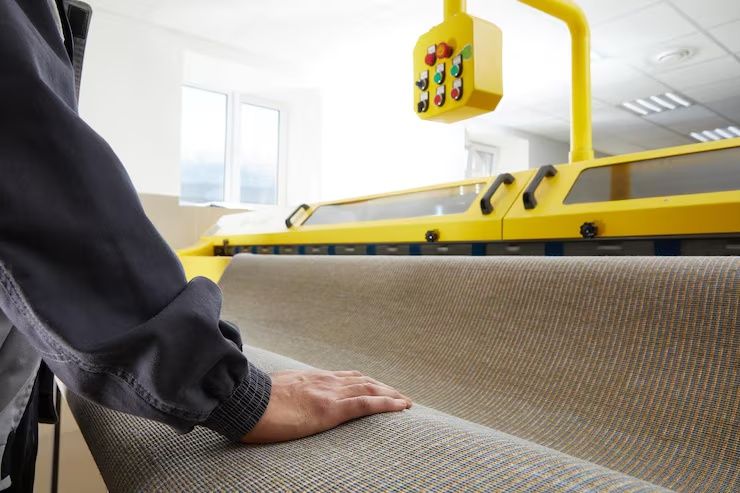
Importance
The importance of carpet weaving machines lies in their ability to combine craftsmanship with modern efficiency. They contribute to:
-
Productivity: Automated weaving significantly reduces the time required to produce large volumes of carpet.
-
Design precision: Modern digital controls allow intricate and repeatable patterns.
-
Material optimization: Machines ensure consistent yarn tension and efficient use of materials.
-
Global textile development: Carpet weaving supports industries such as interior design, hospitality, and export manufacturing.
-
Cultural preservation: While technology automates production, traditional designs can still be replicated, maintaining cultural heritage.
Carpet manufacturers, textile engineers, and designers all benefit from the efficiency and flexibility that modern weaving machines provide. The ability to customize textures and patterns helps meet the diverse demands of markets worldwide.
Recent Updates
Over the past year (2024–2025), carpet weaving machine technology has evolved rapidly due to advances in digital control, sustainability, and automation. Some of the key updates include:
-
Smart weaving technologies (2024): Integration of IoT and AI systems now allows real-time monitoring of weaving speed, yarn quality, and pattern accuracy.
-
Eco-friendly materials (2025): Machines are being optimized for recyclable and low-impact fibers such as recycled polyester and organic wool.
-
Digital Jacquard systems (2024): Modern looms now use advanced Jacquard mechanisms capable of handling complex multi-color patterns through computer-aided design.
-
Energy-efficient drives (2025): Manufacturers are focusing on reducing power consumption with optimized motor systems and regenerative braking.
-
Automation and robotics (2025): Automated yarn feeding and defect detection systems have enhanced precision and reduced waste in production lines.
According to textile industry reports, the demand for digital carpet weaving machines is projected to increase steadily through 2030, driven by smart factory initiatives and sustainability goals.
Laws or Policies
The production and use of carpet weaving machines are influenced by international standards, national regulations, and environmental policies. These ensure product quality, worker safety, and sustainable practices across the textile sector.
-
ISO and IEC Standards: International guidelines define safety and performance criteria for textile machinery, including electrical safety and mechanical design.
-
Occupational Safety Regulations: Governments, such as OSHA in the United States and the European Agency for Safety and Health at Work (EU-OSHA), enforce workplace safety protocols for machine operation and maintenance.
-
Energy Efficiency Policies: Countries are encouraging manufacturers to design machinery that meets low-energy and emission standards to support green manufacturing.
-
Waste Management Rules: Textile producers must comply with environmental regulations that control the disposal of dyes, fibers, and industrial waste.
-
Trade and Quality Certification: Many regions require certification under CE (Europe) or BIS (India) before textile machinery can be sold or used in production.
These policies promote sustainable and safe production environments while ensuring product consistency and quality.
Tools and Resources
There are numerous tools, software platforms, and resources available to help engineers, designers, and students understand and optimize carpet weaving machines.
-
CAD Software: Programs such as NedGraphics and TexCAD are used to design carpet patterns before production.
-
Machine Monitoring Systems: IoT dashboards track speed, yarn usage, and machine efficiency in real time.
-
Textile Engineering Calculators: Tools that help determine yarn count, tension, and weaving density.
-
Training Platforms: Online courses and webinars by textile institutes provide insights into modern weaving technologies.
-
Industry Associations: Organizations like the International Textile Manufacturers Federation (ITMF) and Textile Machinery Association of India (TMAI) offer research and standards updates.
-
Technical Documentation: Machine manufacturers and research bodies publish manuals and performance guides for efficient operation and maintenance.
FAQs
What are the main types of carpet weaving machines?
The main types include Axminster looms, Wilton looms, and tufting machines. Axminster looms produce intricate patterned carpets, Wilton looms create textured designs, and tufting machines are used for high-speed production.
How do digital Jacquard systems improve weaving quality?
Digital Jacquard systems allow for precise pattern control and complex multi-color designs by replacing traditional mechanical punch cards with computer-based programming.
Are modern carpet weaving machines energy efficient?
Yes. Newer machines incorporate energy-efficient drives, smart motors, and automatic shutdown systems to reduce energy consumption without compromising performance.
What materials can be used with carpet weaving machines?
They can handle a wide range of fibers, including wool, nylon, polyester, polypropylene, and blends designed for durability and comfort.
Is carpet weaving still connected to traditional craftsmanship?
Yes. While machines automate the process, traditional patterns, motifs, and cultural designs are often programmed digitally to preserve heritage while achieving modern production efficiency.
Example Table: Comparison of Common Carpet Weaving Machine Types
| Machine Type | Key Feature | Typical Use Case |
|---|---|---|
| Axminster Loom | Complex pattern capability | Luxury and decorative carpets |
| Wilton Loom | Textured, multi-level piles | Residential and hotel carpets |
| Tufting Machine | High-speed production | Commercial and industrial carpets |
Conclusion
Carpet weaving machines represent a perfect balance between technology and tradition. They have transformed carpet production from a manual craft into a sophisticated, automated process capable of delivering consistent quality on a global scale.
Recent advancements such as digital Jacquard controls, smart monitoring, and eco-friendly designs reflect the textile industry’s shift toward innovation and sustainability. Compliance with safety and environmental regulations further ensures that these machines operate efficiently and responsibly.

